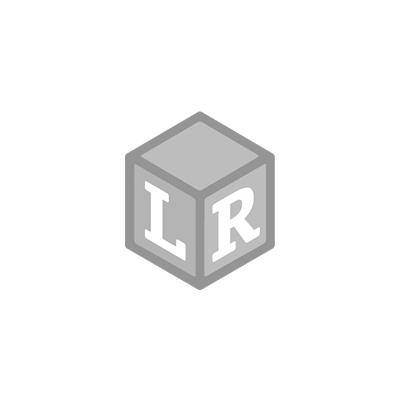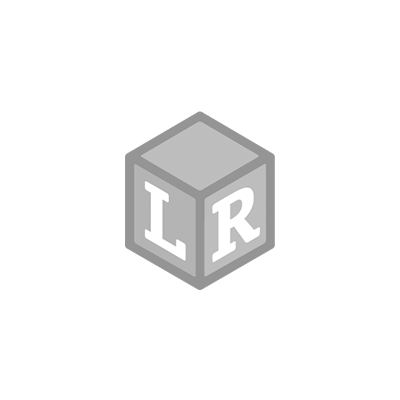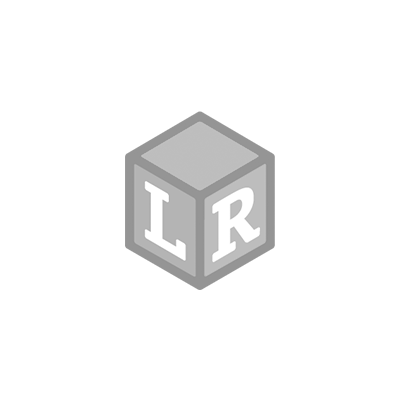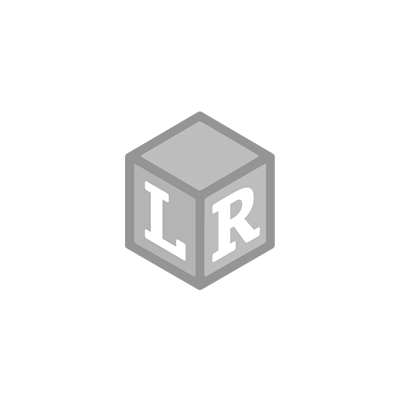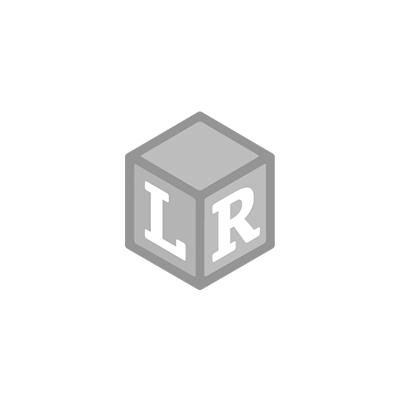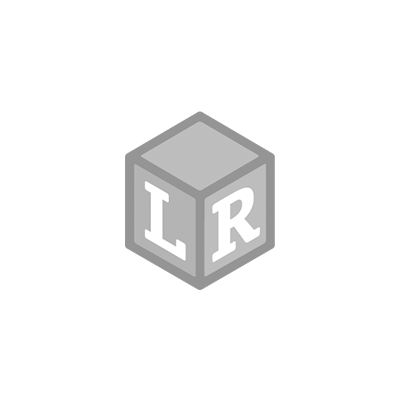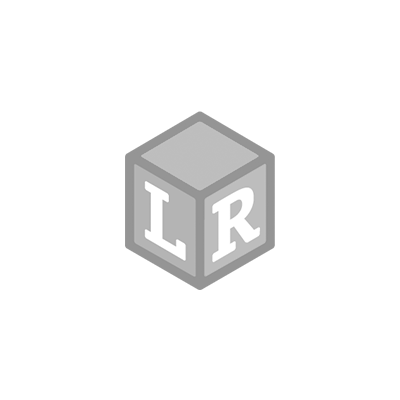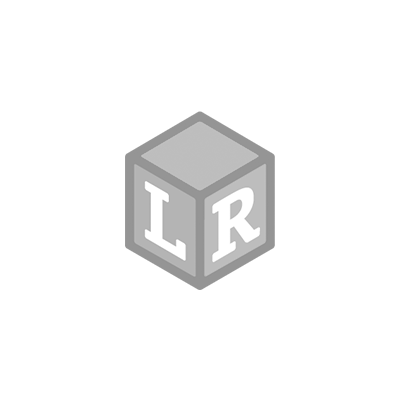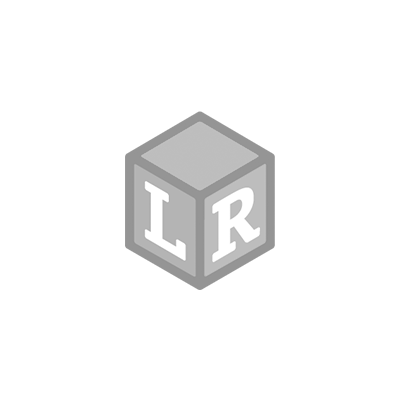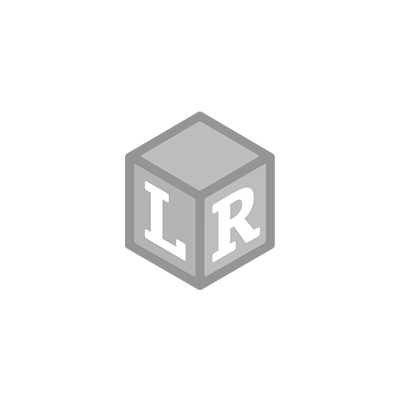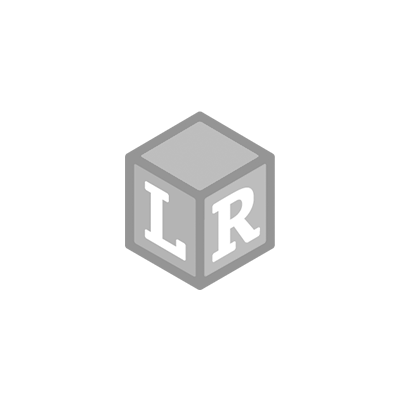We are walking in a winter wonderland with this snowy STEM craft!
Cutting paper snowflakes is a time-honored tradition and can make for some seriously beautiful holiday decorations! Glue them together to make a wreath, string them to make a garland, add a hook and you’ve got an instant ornament. Plus, all that snipping stimulates STEM learning.
So let’s get started! Follow the step-by-step instructions below to create beautiful paper art AND spend some quality time with your crafty kiddos.

First, gather your supplies. This should be easy – you really only need paper and scissors. You can make snowflakes out of any kind of paper, really, but it has to be square and thin enough to cut when folded several times. Printer paper is probably easiest for beginners.
Before you get too serious with the instructions, let your child experiment a bit on their own. Fold a sheet of paper in half and have them cut a triangle shape out of the folded edge. It’s a triangle now, but what happens when you open the paper? Diamond!


Fold a square once, then again, and cut another triangle on the fold. Open the paper to reveal not one, but two diamond shapes (or a great Halloween mask!).

Older kids might even be able to begin making some mathematical predictions. If folding the paper twice and cutting one triangle results in two diamonds, what will happen if they fold the paper three times? If your kiddo guessed four diamonds, you’ve got a total STEM smarty on your hands (hint, the number has to do with the number of panels you’re cutting).

Okay, back to the instructions. To make a basic snowflake, here’s what you’re going to do:
Cut your piece of paper into a square large enough to fold several times. (Hint – bring the bottom corner of the paper across the sheet until the sides meet perfectly. Cut the paper above the folded edge off.)
Fold the triangle in half, corner to corner, to make a smaller triangle. Younger kids may want to stop folding here and start snipping, being sure to leave some areas of the folded edges in tact to keep all of the layers from falling apart. This is also the way to create a square or diamond-shaped snowflake. To create a more complex, round snowflake, follow the remaining steps.
Fold the edges of the triangle inward, roughly in thirds, as shown below.
Cut the bottom off this tall triangle to leave a flat edge.
Start snipping! Use any shapes you like – triangles, circles, squares… Encourage your kids to experiment with shapes – they’ll be surprised at the different patterns different shapes make when the snowflake is open. Again, just remind them to leave some of the folded edges intact.
Carefully unfold the paper to reveal your one-of-a-kind snowflake pattern! Share with your kids that each real snowflake is also completely unique. Water droplets freeze onto dust particles creating ice crystals that vary depending on the temperature and humidity. No two are ever the same!
Making snowflakes is endless fun. Once your kids have the basics down, take it a step further and watercolor your paper in winter colors or make STEM snowflakes out of wrapping paper!

 That leaves us with one more question: how do we make sure our girls are learning when they're at home? That part can be tricky, especially for us; finding toys and games that are fun and educational and appealing to each girl's own passions and personality is often a real balancing act. Our biggest successes come when we can find easy, engaging skill-building activities that overlap with the girls' interests. For instance, Hazel loves activities that let her focus, like coloring and sorting, while Ava is really interested in matching and memory games, so sets of flashcards are perfect for helping them learn together. Other times, we focus on each individual girl; Olivia is our little dancer, so games that get her up and moving are always great, even when her sisters are off doing something else.It's pretty rare that we find one toy that appeals to all five quints. That's why we're so excited about Coding Critters. Since the Coding Critters came to our house, each of the girls has found something to love. Hazel loves dinosaurs and Parker loves dogs, so Bumble and Ranger were instant hits. Ava is in charge of laying out the coding cards, while Olivia can't wait to dance along to the critters music and moves. The girls love the critters like real pets, while also building early coding skills every time they play.
That leaves us with one more question: how do we make sure our girls are learning when they're at home? That part can be tricky, especially for us; finding toys and games that are fun and educational and appealing to each girl's own passions and personality is often a real balancing act. Our biggest successes come when we can find easy, engaging skill-building activities that overlap with the girls' interests. For instance, Hazel loves activities that let her focus, like coloring and sorting, while Ava is really interested in matching and memory games, so sets of flashcards are perfect for helping them learn together. Other times, we focus on each individual girl; Olivia is our little dancer, so games that get her up and moving are always great, even when her sisters are off doing something else.It's pretty rare that we find one toy that appeals to all five quints. That's why we're so excited about Coding Critters. Since the Coding Critters came to our house, each of the girls has found something to love. Hazel loves dinosaurs and Parker loves dogs, so Bumble and Ranger were instant hits. Ava is in charge of laying out the coding cards, while Olivia can't wait to dance along to the critters music and moves. The girls love the critters like real pets, while also building early coding skills every time they play.  The Critters are especially good for Riley, who's already helping her big sister Blayke code with Botley. Since she's a little ahead of her sisters, playing with Coding Critters gives her the opportunity to help them code their critters during story time while also building her own skills and confidence. With the help of Coding Critters, she'll be ready for coding challenges from Botley and beyond. Whether our girls wind up becoming scientists or not, we're happy with our commitment to helping them lead lives filled with learning and curiosity. It's not just an investment in them; it's a way of ensuring that the future is a little brighter for everyone.
The Critters are especially good for Riley, who's already helping her big sister Blayke code with Botley. Since she's a little ahead of her sisters, playing with Coding Critters gives her the opportunity to help them code their critters during story time while also building her own skills and confidence. With the help of Coding Critters, she'll be ready for coding challenges from Botley and beyond. Whether our girls wind up becoming scientists or not, we're happy with our commitment to helping them lead lives filled with learning and curiosity. It's not just an investment in them; it's a way of ensuring that the future is a little brighter for everyone.  Save it for later!
Save it for later!
 Shop UK Site
Shop UK Site 
